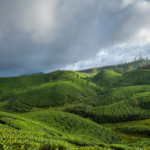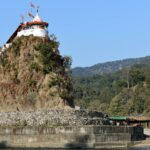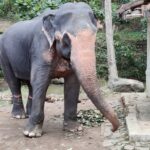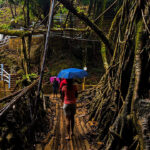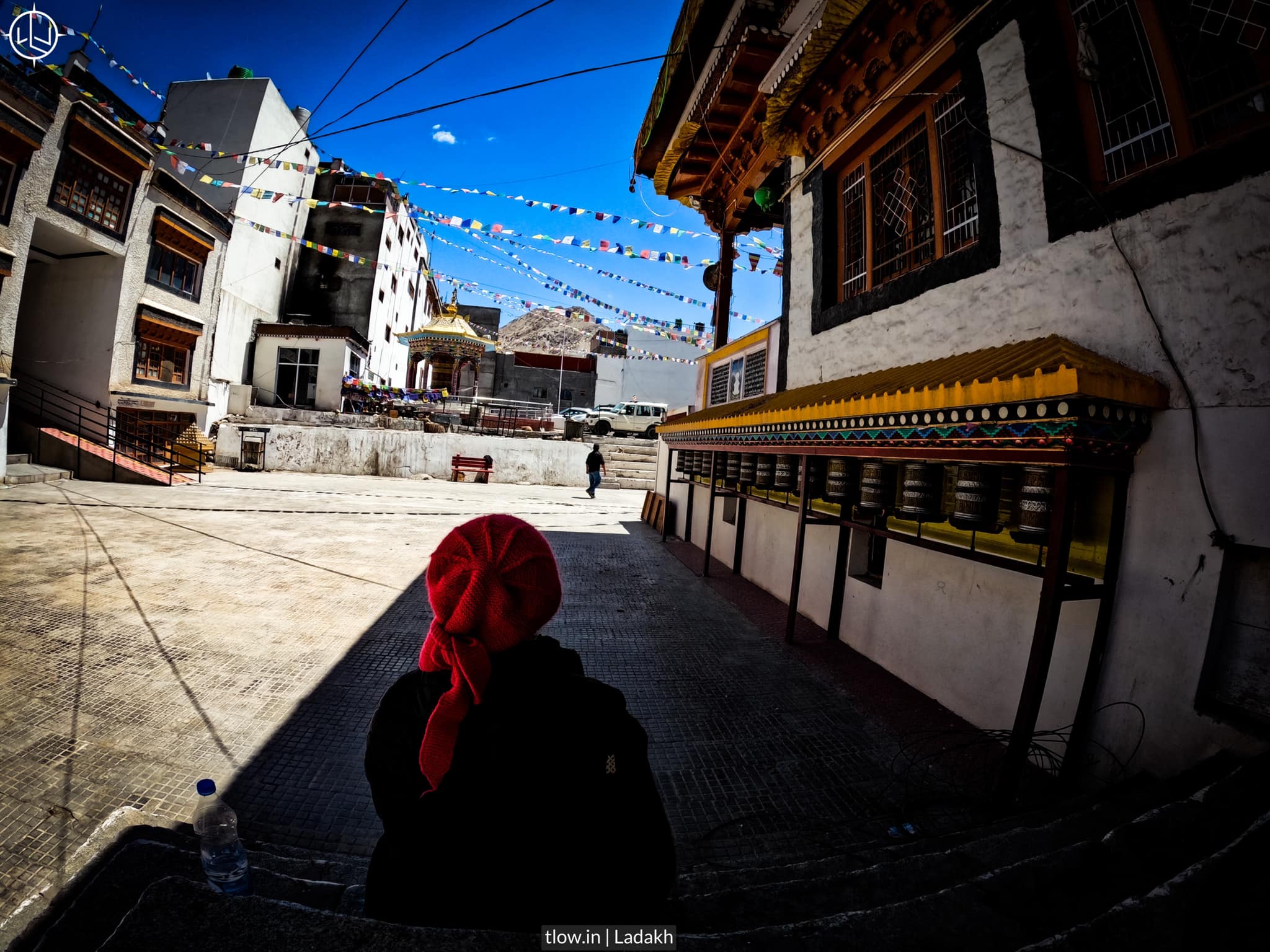
Colourful prayer flags and the Himalayas – 1500 years of spectacular history
The Himalayas stretch five diverse countries of India, Bhutan, Pakistan, Nepal and China. One thing in common about the mountains is the presence of Buddhism and prayer flags. These colourful strings are across the world’s highest mountain range. You go to places, monasteries, lakes, tourist destinations what you find are these colourful flags fluttering.
Table of Contents
Prayer flags Origin
Tibetan in origin, these generally rectangular colourful cloths tied across a string are basically tied to bless a place. People take these back home as well and tie them in their homes or on their bikes and cars to take their blessing along.
As per legend, they are said to have originated in the Bon religious tradition. There are sutras written on the flags. Gautam Buddha as per another legend made prayer flags come into vogue as they were used to write his prayers in the battle of the devas and assuras. Buddhist monks carry prayer flags too as they show via them that they are on the path of ahimsa or non violence. Around 800 to 1100 AD these prayer flags gained momentum across Tibet.
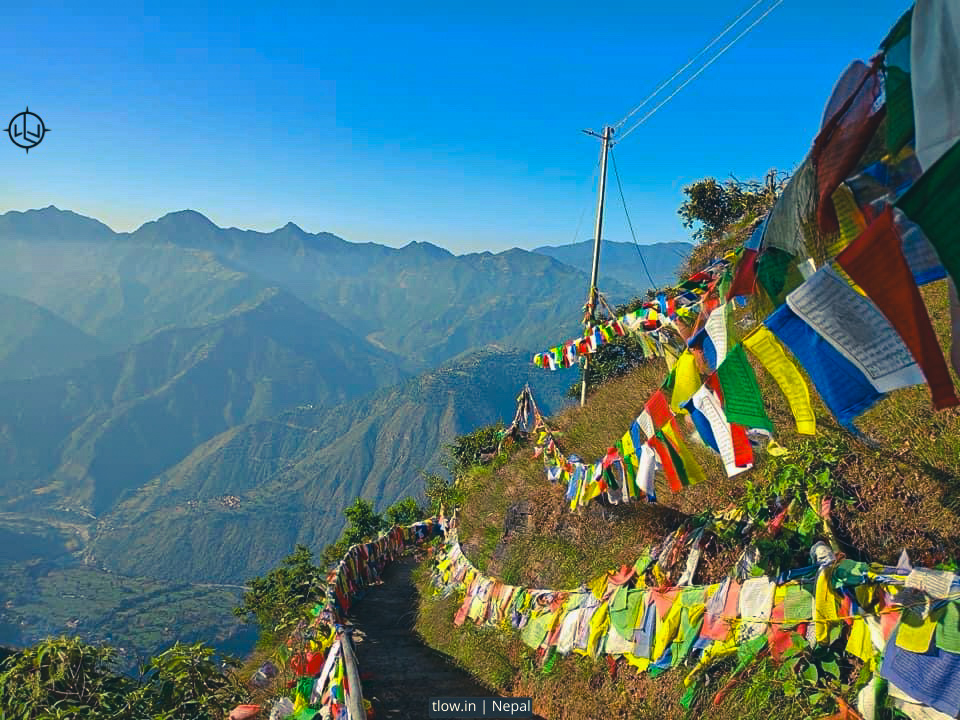
Modification
They were modified across the times and Indian monk Atisha introduced the prayer flags to Tibet and Nepal. The Chinese cultural revolution is when prayer flags which were gaining momentum were suppressed. They were not able to get rid of this colourful blessing string.
It gained momentum once again over the years ahead. The years saw an evolution of the prayer flag into vertical ones called Darchog or flagstaff and horizontal ones called Lung ta or wind horse. The Lung ta are either square or rectangular in shape connected by the top edges to the string.
Hanging
Usually, diagonally hung these are seen seen between two objects high to low like a rock or two poles, in monasteries, temples, stupas and mountain passes. Darchog is normally large single rectangular flags tied vertically and are tied on mountains, grounds, rooftops.
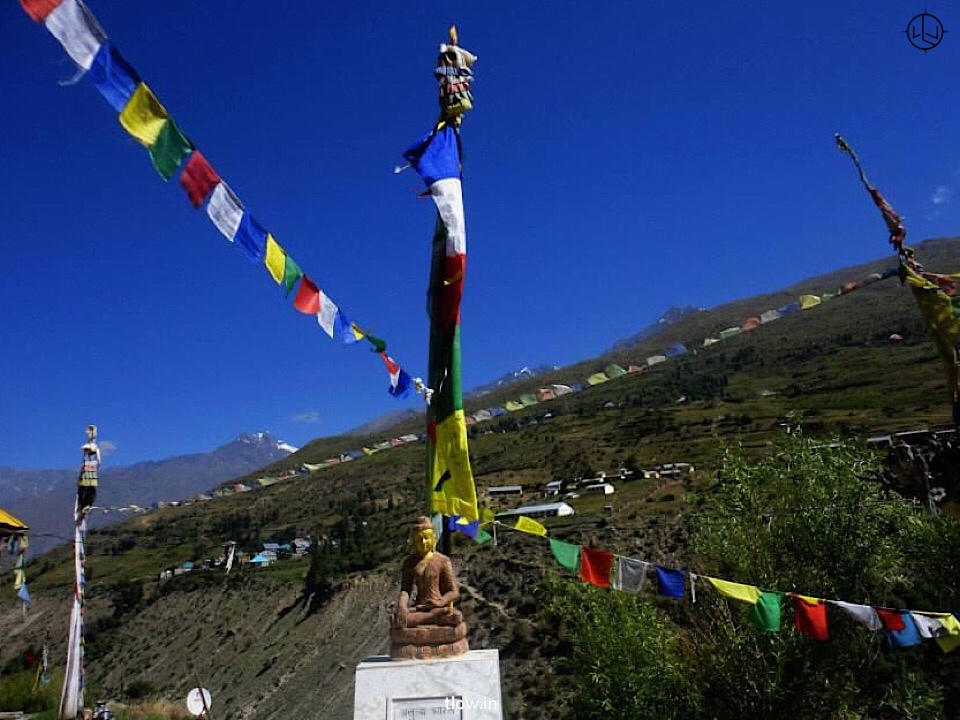
The prayer flags are in sets of five representing the elements of nature and pure light of the Bon and Tibetan faith. Different elements are associated with different colours. Blue stands for the sky and space, white for the air and wind, red for fire, green for water and yellow for the earth. The balance of the five gives result to health, harmony and peace as per the Tibetan culture.
Words
At the centre of a prayer flag is the Lung ta which is a powerful horse with three fiery ratnas on its back. The horse stands for speed as well as the transformation from bad to good fortune. The jewels are the Buddha, his teachings and the community which is the base of Tibetan way of life.
Besides this are 400 traditional mantras which is each dedicated to a deity and include writings of three great Bodhisattvas – Padmasambhava, Avalokitesvara and Manjusri. There are also prayers for good fortune through life for the person who ties the prayer flags is also included.
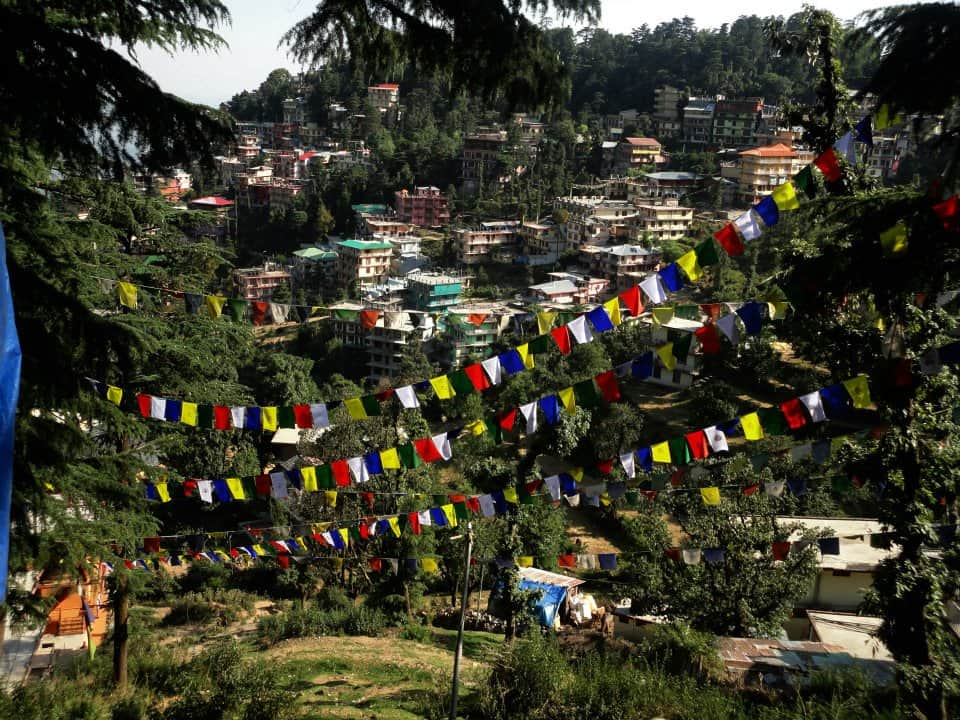
Written
Images of four powerful animals or their names are written – the dragon, garuda, tiger and snow lion are on it. In addition there is also Om Mani Padme Hum written on it. Om refers to impure body, mind and speech while Mani is for the jewels which stands for enlightenment, compassion and love. Padme stands for the lotus meaning wisdom as well as Hum for the immovable and undisturbed.
In tradition, a prayer flag stands for peace, harmony, compassion, strength and wisdom. The prayer flags are not as per misconceptions prayers to gods but taking and spreading goodness by the wind to all the spaces around. The prayer flag with the wind on it passes and purifies the space and as they corrode with time, the mantras become part of nature and goes around.
Sacred
Prayer flags are sacred and should not be tampered or misused, they should not be used on clothing or kept on the ground or floor. Old prayer flags should be burnt. The best time to tie a prayer flag is in the morning when the wind blows. On Tibetan New Year back in Tibet every year a new prayer flag is hung and the old one is replaced.

